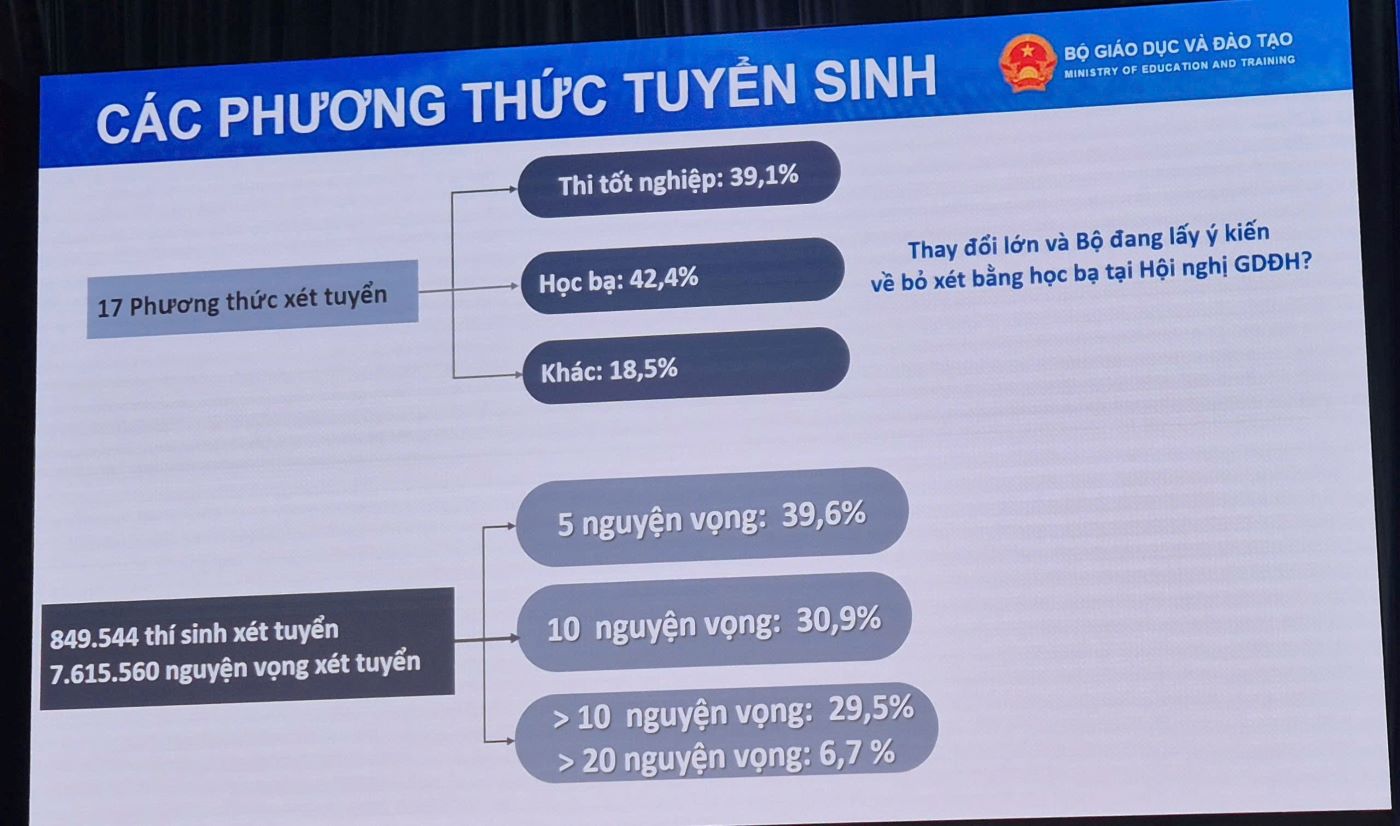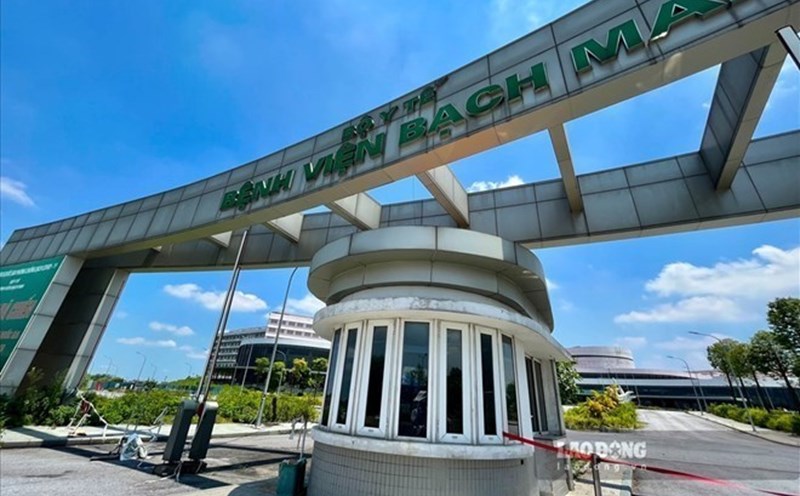The Ministry of Education and Training (MOET) is seeking opinions on whether to remove or continue to maintain the method of considering academic records in enrollment next year.
According to the Ministry's statistics, in 2025, there will be 17 admission methods, however, considering academic records accounts for a large proportion of 42.4%; considering high school graduation exam scores accounts for 39.1%; the remaining methods account for 18.5%.

For many years, considering academic records has always been the main method used by many higher education institutions because schools have the right to be autonomous in admission because the regulations of the Ministry of Education and Training do not prohibit it. However, this form of admission is controversial.
Many students, parents and experts believe that this method is unfair because the assessment of results is not the same in each educational institution and locality.
However, there are also many opinions expressing their desire to continue using this method to reduce exam pressure or may strengthen inspection work, tighten, and limit the rate of quotas based on transcripts.
In addition, the Ministry of Education and Training also sought opinions on limiting the number of wishes that candidates are allowed to register, instead of allowing them to be unlimited as in many years.
This is to reduce pressure on the online registration system, while encouraging candidates to consider carefully, choose a major that suits their abilities and career orientation.
This year, according to statistics from the Ministry of Education and Training, about 852,000 candidates registered for admission with 7.6 million wishes. The number of registrations with 5 wishes or less is nearly 40%, nearly 31% of registrations with 5 to 10 wishes. The rest were registered over 10.
For the 2026 high school graduation exam, the Ministry said it is expected to be held about half a month earlier than every year, on June 11-12, 2026.
The exam is expected to also have some adjustments, such as amending exam inspection regulations, streamlining registration and document issuance procedures, shortening time and adjusting the review process, while enhancing the application of information technology to ensure more transparency, convenience and efficiency for the exam.










